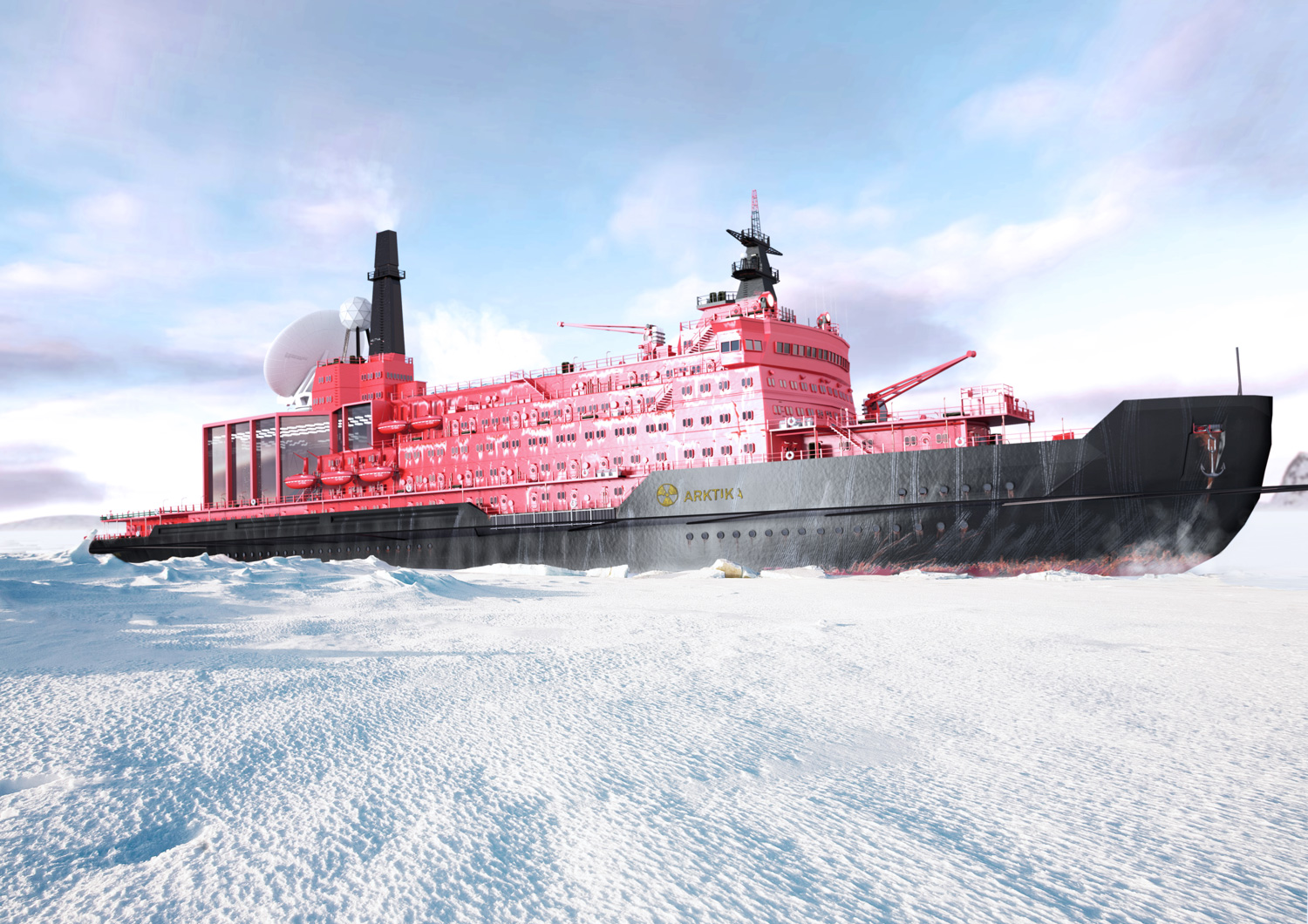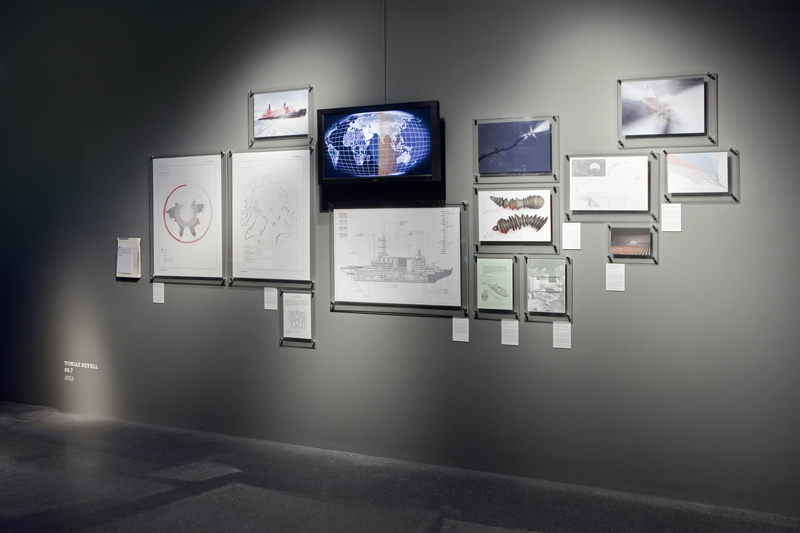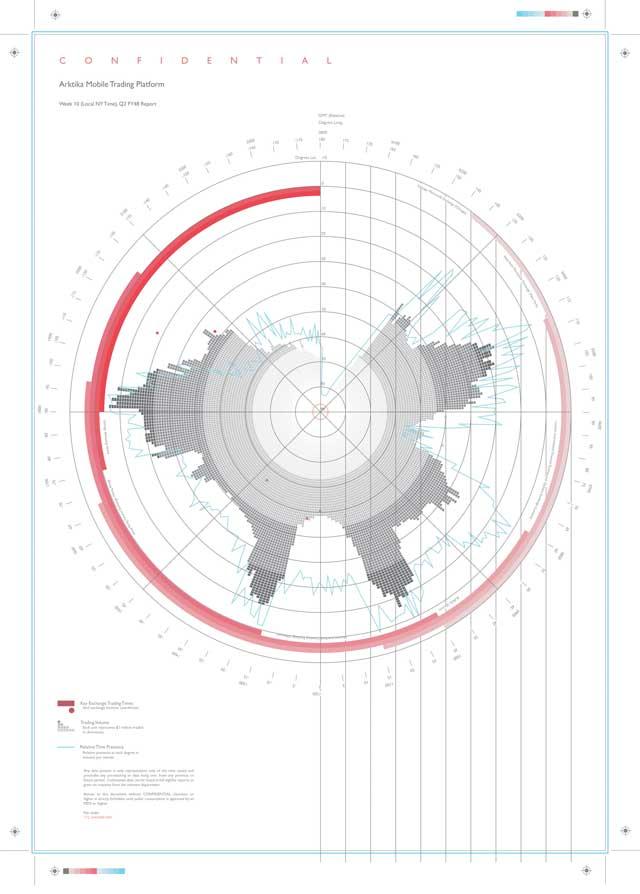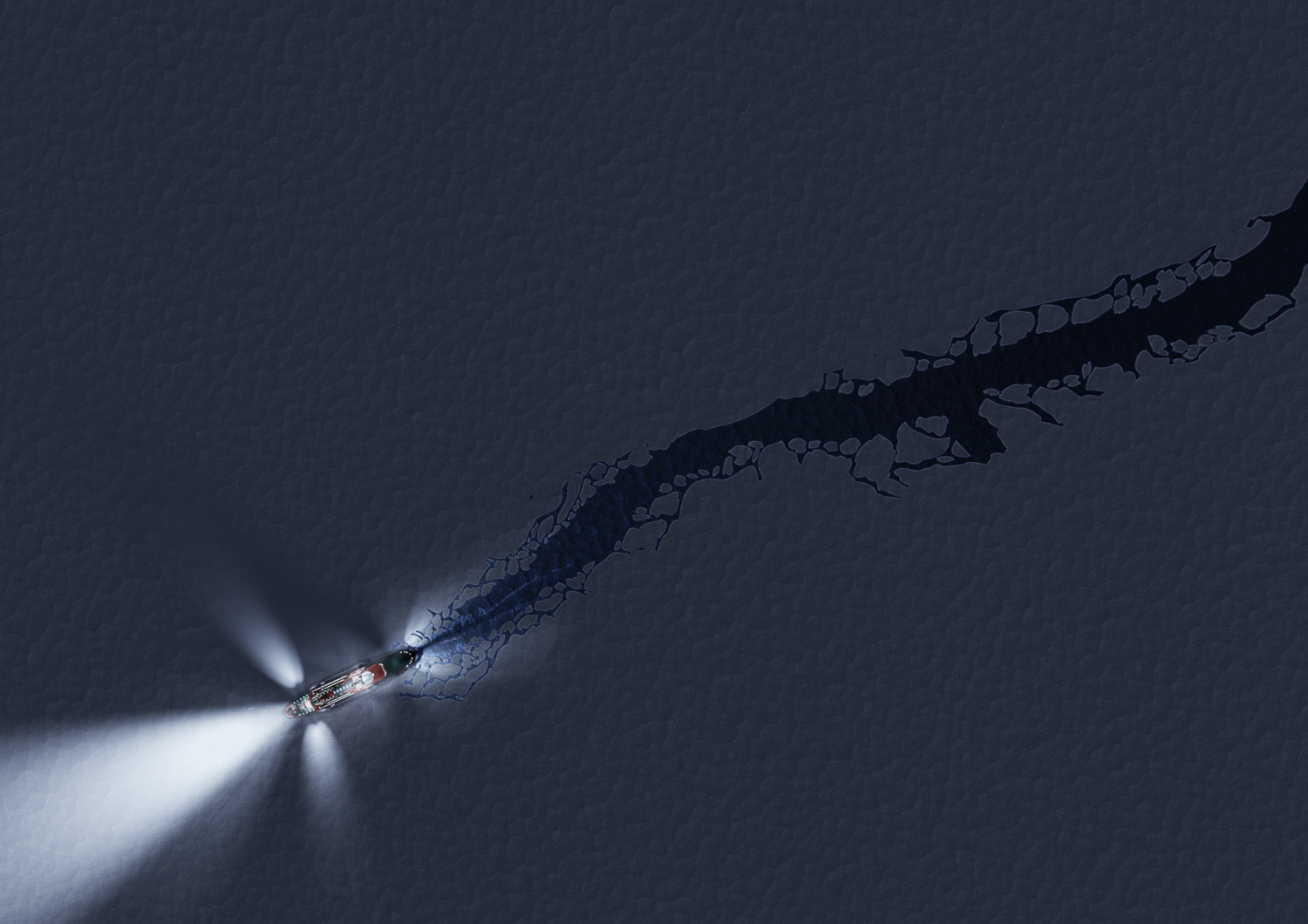
 On exhibition at HMKV Dortmund
On exhibition at HMKV Dortmund
 On exhibition at the RCA graduation show 2012
On exhibition at the RCA graduation show 2012 Graphic showing the trading activity, position and links of the Arktika over a one-week period.
Graphic showing the trading activity, position and links of the Arktika over a one-week period.


88.7; Stories From The First Transnational Traders: In the early 2040's an ex-Soviet Arktika class icebreaker was recommissioned to act as an experiment in global finance at 88.7 degrees latitude - the heart of the arctic sea. Here it could circumnavigate the world in twenty-four hours, allowing it to stay in constant contact with trading zones throughout the world. The experiment was a phenomenal success.
A few years later the European Union and its nation-state constructs were on the edge of dissolution into the greater body of the European Equestrian Union, an event marked by commemorative one hundred Euro bills for the crew. On board, the intensity of risk undertaken by traders led to mutations in their brain chemistry that optimised their abilities but made them suicidal, aggressive, animalistic and in some cases even manifested as horns on their epidermis. During its mission, it instigated an ideological power fracture in Russia, the growth of a uniquely North Korean economic solution in the broadcast of its mass games and the legitimisation of a highly competitive, individualistic way of life.
The piece contains several highly secretive documents detailing Arktika’s activities held by the European Equestrian Council. At this time, international debate about the legality of its trading regimen, despite its obvious boost to global economy were becoming overshadowed by the succession of power taking place in Brussels.
The sheer volume of trade made possible by the continuous, rapid and deregulated system of the Arktika’s movements and its elite traders invalidated economic theories of zero-sum growth in the eyes of the Equestrian Councils and business leaders - encouraging decades of power shifts throughout the financially developed world.
By the time the Arktika was recommissioned for trading service she had been completely refitted. Crew quarters were moved forwards while traders quarters and recreation areas were set up at the stern. The stern decks were raised and hollowed to accommodate the trading floor and server areas, separated from the outside by structurally supporting glass. The rear tower was also strengthened to support the satellite dishes.
This layout is from a second refit where the medical bay was extended to accommodate a genetics laboratory and accommodate for executives.
In September 2048, after almost a decade of transitional process, the European Equestrian Council was granted the control over European Parliamentary directives and began the process of turning Europe into a successful transnational business entity and away from historic national divisions.
The Arktika was seen as a key component in this process. It had successfully proved that growth in trade could be sustained beyond state regulation with lower risk due to its detachment from public and welfare infrastructure. In doing so it had brought support to the idea of a hyper-libertarian Europe.
By 2055 - when China collapsed - there were no sovereign currencies or indeed Euros left in the European Equestrian Union.
Changes in the neurochemistry of traders was first noted as an effect of the risk mechanisms in the brain early in the century. The traders on board the Arktika were employees of the worlds most demanding and simultaneously rewarding trading system. They developed extreme emotional imbalances outside of their work resulting ultimately in a policy of isolated residency aboard and urgent study of ways to stabalise their neuro-biology with the establishing of neuro-genetics laboratory on board.
Later, the first growths developed on traders as chemical changes forced keratin cells in the epidermis to fuse. The pattern of the growths were influenced by the intensity of the chemical changes in the brain, themselves reflections of trading activity. Depending on the experience, age and stability of the trader the compound growths could extend up to 300mm without any side effects. The growths became objects of intense study from corporate geneticists hoping to gain some insight into this melding of man and market.
In 2024 UNESCO declared the Arirang Mass Games - a yearly festival of giga-choreography dedicated to the North Korean regime - to be a World Intangible Heritage. This celebration of homogeny and a united cultural ideal gradually became a global media spectacle, representing an alternative to the individualistic competitiveness encouraged by the Equestrian dogma.
In February 2042 the DPRK began the construction of the massive Juche Stadium City with investment from Japanese and South Korean media corporations. It houses almost 1.5 million performers and their families with shared ‘Cultural Spaces’, shopping and recreation areas, apartments and 8 smaller training stadiums. Shows with up to a million performers are broadcast worldwide almost continuously with special events on North Korean national holidays.
These broadcasts, though officially forbidden for being counter-productive, were hungrily watched by some traders on the Arktika.
Exhibitied:
11.2015 – Forum For an Attitude, Depot Basel, Basel
09.2013 - 01.2014 – Requiem for A Bank, HMKV, Dortmund, Germany
07.2012 – RCA degree show, London
Press:
Interview at We Make Money Not Art
Interview at Resonanace FM
Interview at Wild Culture
Interview on Artists in Laboratories - Resonance FM (No uploaded audio yet)
Featured at Design Week's highlights of the RCA Show 2012
Featured at Ikono
Featured at Nerdcore (German)
A few years later the European Union and its nation-state constructs were on the edge of dissolution into the greater body of the European Equestrian Union, an event marked by commemorative one hundred Euro bills for the crew. On board, the intensity of risk undertaken by traders led to mutations in their brain chemistry that optimised their abilities but made them suicidal, aggressive, animalistic and in some cases even manifested as horns on their epidermis. During its mission, it instigated an ideological power fracture in Russia, the growth of a uniquely North Korean economic solution in the broadcast of its mass games and the legitimisation of a highly competitive, individualistic way of life.
The piece contains several highly secretive documents detailing Arktika’s activities held by the European Equestrian Council. At this time, international debate about the legality of its trading regimen, despite its obvious boost to global economy were becoming overshadowed by the succession of power taking place in Brussels.
The sheer volume of trade made possible by the continuous, rapid and deregulated system of the Arktika’s movements and its elite traders invalidated economic theories of zero-sum growth in the eyes of the Equestrian Councils and business leaders - encouraging decades of power shifts throughout the financially developed world.
By the time the Arktika was recommissioned for trading service she had been completely refitted. Crew quarters were moved forwards while traders quarters and recreation areas were set up at the stern. The stern decks were raised and hollowed to accommodate the trading floor and server areas, separated from the outside by structurally supporting glass. The rear tower was also strengthened to support the satellite dishes.
This layout is from a second refit where the medical bay was extended to accommodate a genetics laboratory and accommodate for executives.
In September 2048, after almost a decade of transitional process, the European Equestrian Council was granted the control over European Parliamentary directives and began the process of turning Europe into a successful transnational business entity and away from historic national divisions.
The Arktika was seen as a key component in this process. It had successfully proved that growth in trade could be sustained beyond state regulation with lower risk due to its detachment from public and welfare infrastructure. In doing so it had brought support to the idea of a hyper-libertarian Europe.
By 2055 - when China collapsed - there were no sovereign currencies or indeed Euros left in the European Equestrian Union.
Changes in the neurochemistry of traders was first noted as an effect of the risk mechanisms in the brain early in the century. The traders on board the Arktika were employees of the worlds most demanding and simultaneously rewarding trading system. They developed extreme emotional imbalances outside of their work resulting ultimately in a policy of isolated residency aboard and urgent study of ways to stabalise their neuro-biology with the establishing of neuro-genetics laboratory on board.
Later, the first growths developed on traders as chemical changes forced keratin cells in the epidermis to fuse. The pattern of the growths were influenced by the intensity of the chemical changes in the brain, themselves reflections of trading activity. Depending on the experience, age and stability of the trader the compound growths could extend up to 300mm without any side effects. The growths became objects of intense study from corporate geneticists hoping to gain some insight into this melding of man and market.
In 2024 UNESCO declared the Arirang Mass Games - a yearly festival of giga-choreography dedicated to the North Korean regime - to be a World Intangible Heritage. This celebration of homogeny and a united cultural ideal gradually became a global media spectacle, representing an alternative to the individualistic competitiveness encouraged by the Equestrian dogma.
In February 2042 the DPRK began the construction of the massive Juche Stadium City with investment from Japanese and South Korean media corporations. It houses almost 1.5 million performers and their families with shared ‘Cultural Spaces’, shopping and recreation areas, apartments and 8 smaller training stadiums. Shows with up to a million performers are broadcast worldwide almost continuously with special events on North Korean national holidays.
These broadcasts, though officially forbidden for being counter-productive, were hungrily watched by some traders on the Arktika.
Exhibitied:
11.2015 – Forum For an Attitude, Depot Basel, Basel
09.2013 - 01.2014 – Requiem for A Bank, HMKV, Dortmund, Germany
07.2012 – RCA degree show, London
Press:
Interview at We Make Money Not Art
Interview at Resonanace FM
Interview at Wild Culture
Interview on Artists in Laboratories - Resonance FM (No uploaded audio yet)
Featured at Design Week's highlights of the RCA Show 2012
Featured at Ikono
Featured at Nerdcore (German)